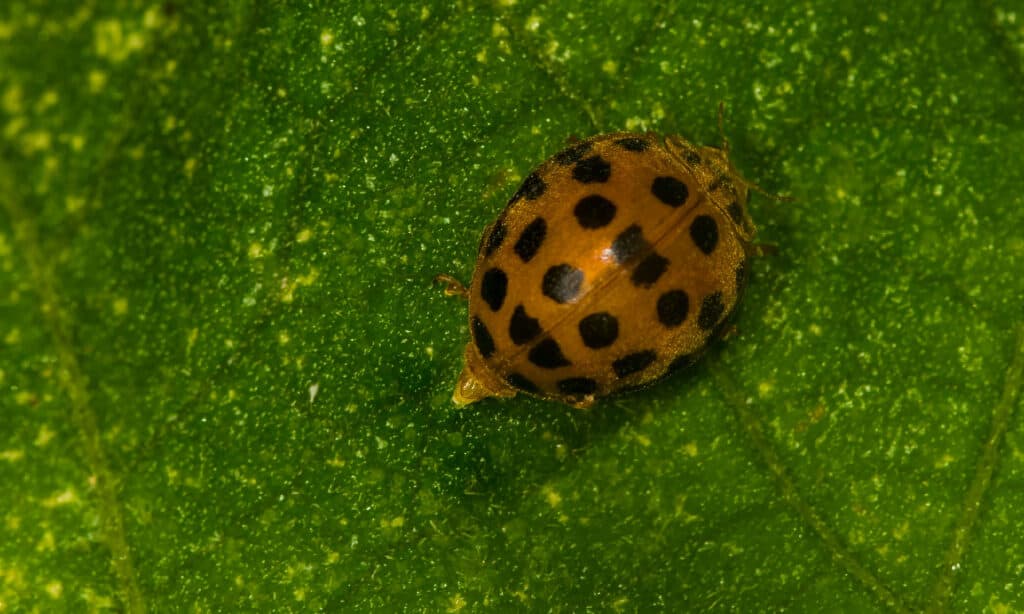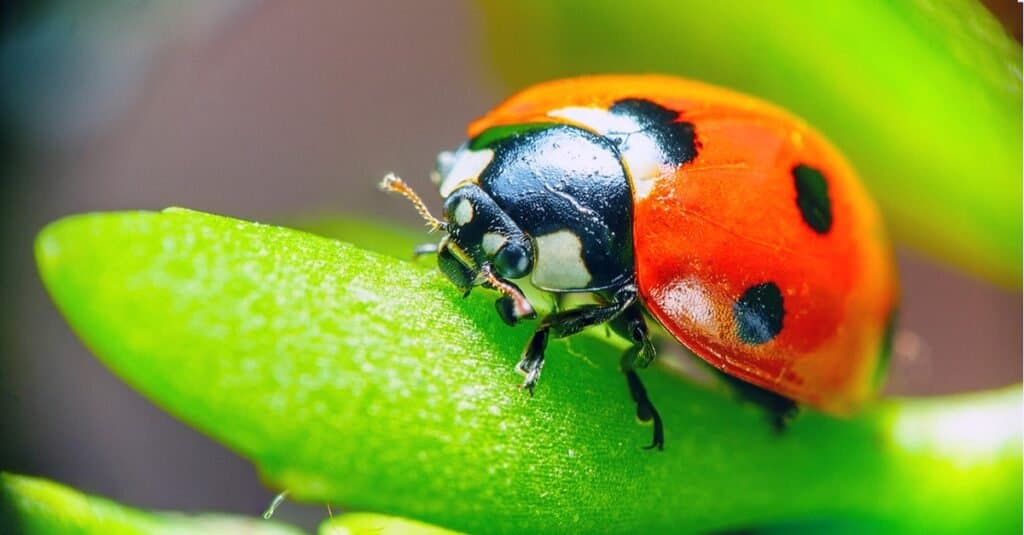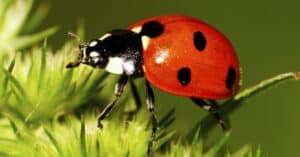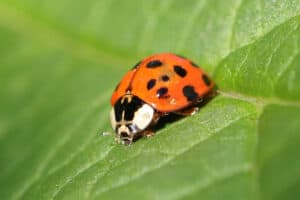There are a lot of animals that are mistaken for other species because of how they look. This misconception is common among smaller animals like insects and bugs. A typical example of this is ladybugs which are not actual bugs. Coccinellidae is the scientific name for ladybugs, and according to their taxonomy, they are under the invertebrate group. The name Coccinellidae, which means crimson in Latin, clearly alludes to the color of their exoskeleton. These creatures, however, have a different name in Britain- ladybird. Because of this, it is commonly referred to as “Our Lady’s Bird” by many people.
In contrast to other insects, ladybugs are beetles, and they are typically found on plants and leaves. Although they are very beneficial in removing pests from gardens, a ladybug infestation on a farm can be detrimental to harvests. Ladybugs can be found around the world, but they tend to live in Europe and North America. Ladybugs are omnivores, having plants and other animals as their primary source of food. They mostly prefer eating insects, fungi, and leaves. It is a wonder what their poop looks like. This article explains everything you need to know about ladybug poop, what it looks like, and other fascinating facts.
Where Can Ladybugs Be Found?
Although ladybugs are found all over the world, they typically reside in Europe and North America. They weren’t brought to North America until the middle of the 1990s when they were employed to aid with the widespread aphid infestations that were at the time afflicting the continent. Since then, ladybugs appear to have discovered a location where they are content to dwell. Over 500 different species, out of the more than 5,000 species, can be found in the United States alone.
The ladybug can survive in a variety of settings because of its adaptability. They can dwell in forests and meadows just as easily as they may congregate in urban areas. Some swarms have even been observed near waterways. They only abandon their larvae on a leaf’s underside when they are ready to lay eggs. Given that certain bug species have a significant impact on the world’s ecosystems, experts have recently become concerned about their declining numbers. The usage of insecticides, human pollution, and climate change are a few of the causes of the drop. However, there are still millions of these beetles found today because of their adaptability to a variety of settings.
What Do Ladybugs Eat?

Ladybugs may consume up to 5,000 aphids in their lifetime.
©iStock.com/Jan Rozehnal
Ladybugs are omnivores and get most of their nutrition from eating both plants and other animals. They favor eating leaves, fungi, and other insects the most. They occasionally even eat mildew and mushrooms, although aphids make up their main diet. In actuality, the ladybird eats as many as 50 aphids each day. Ladybugs can devour up to 5,000 aphids in their lifetime and are active all day long. A ladybug lives between one and two years.
Mother ladybugs lay their eggs next to aphids, so when the larvae hatch, they are essentially hatched next to a constant supply of food. It is easy for the hatched larvae to start eating from the minute they are hatched because of the bountiful supply of aphids. Within two to three weeks, ladybug larvae can eat up to 300 to 400 aphids.
What Does Ladybug Poop Look Like?

Ladybug poop has a solid yet sticky texture shaped like a little nugget
©iStock.com/Jolkesky
Do ladybugs poop? The answer is yes, in case you were wondering. They eat, and food moves through a digestive tract that extends the entire length of their body. The foregut, midgut, and hindgut make up the digestive system’s three sections. Their poops leave their bodies through the hindgut as a little, solid yet sticky texture shaped like a little nugget. Just like other insects, ladybug poop is called frass.
Unlike some insects, ladybugs do not mind pooping anywhere and everywhere. In fact, some of them are known to poop as they walk by. This means they will poop on vegetables and even closer to houses, on door frames, window ledges, and drapes, leaving a mess of gooey blobs for you to find and eventually clean up.
Is Ladybug Poop Harmful?

Ladybug poop is nearly invisible to humans.
©Mironmax Studio/Shutterstock.com
There are no known effects of ladybug poop on humans. Due to its microscopic size, ladybug dung is nearly invisible to humans and is almost impossible for them to consume. However, like with any other animal, it is advisable to avoid it.
Ladybugs are not hazardous or poisonous to people, but when eaten by predators and other animals, they can be dangerous. Due to their lack of blood-sucking capabilities and seldom contact with human skin, ladybugs do not spread diseases from one person to another.
Up Next:
Are Ladybugs Poisonous or Dangerous?
The photo featured at the top of this post is © iStock.com/erhandayi
Sources
- What Bug Is That? / Accessed September 21, 2022
- ThoughtCo / Accessed September 21, 2022
- Insect101 / Accessed September 21, 2022
Thank you for reading! Have some feedback for us? Contact the AZ Animals editorial team.







